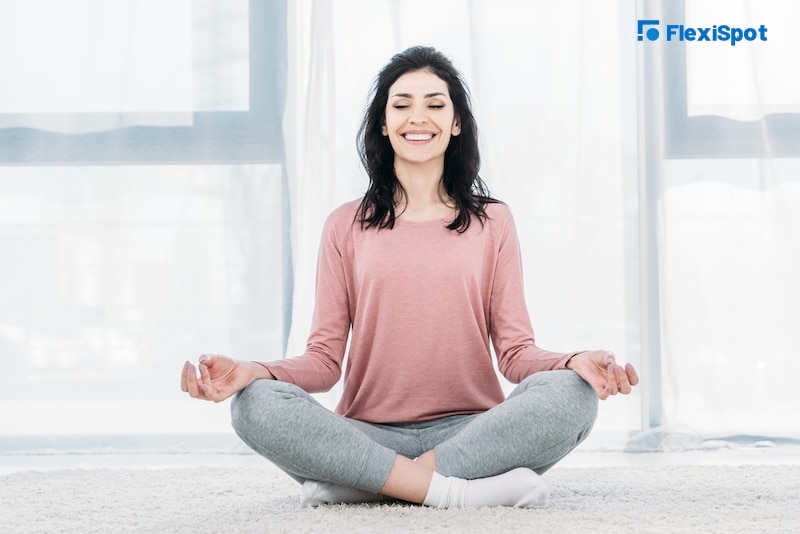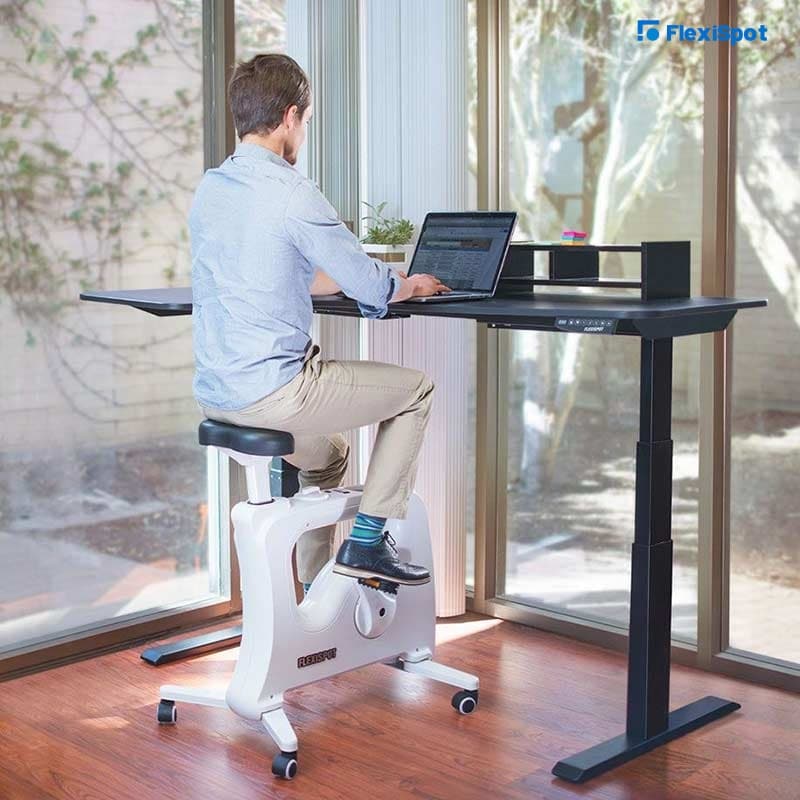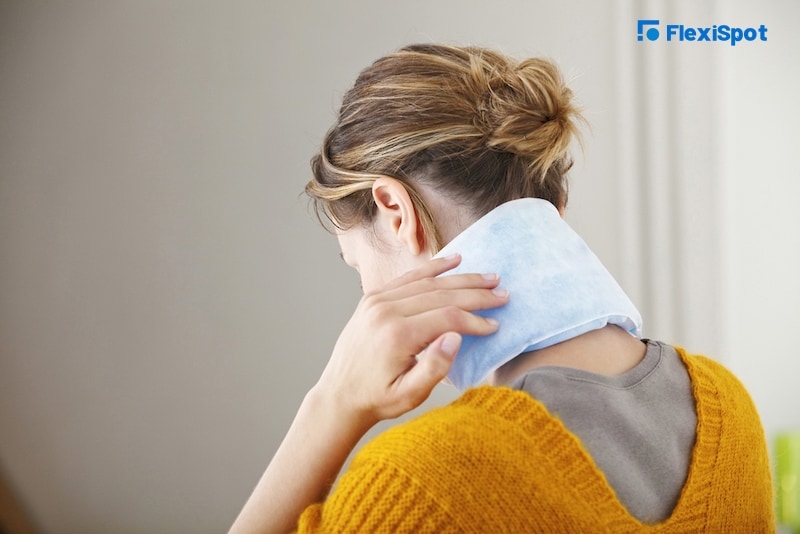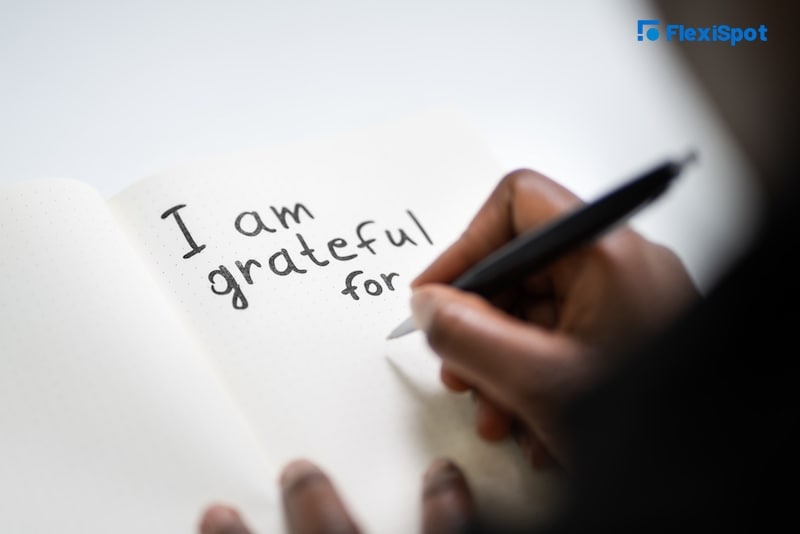At some point, everyone complains about daily aches and pains. Even though you might find some relief from over-the-counter medication, this relief is always temporary. In fact, overuse of painkillers can destroy the liver in the long run.
If you suffer from daily aches and pains, there are some self-care techniques that you need to adopt in your everyday life. These techniques will allow you to deal with your ever-changing needs while ensuring that you can manage the pain more effectively.
Over the years, there has been a lot of research on the connection between chronic pain and self-care. Studies show that participants who practice self-care techniques along with their daily intake of medication are likely to feel a significant reduction in their pain levels.
Here are some self-care techniques for daily aches and pains that you must make part of your everyday life:
Practice Meditation
The fastest way to feel rejuvenated is by doing a quick meditation session. If you have not meditated before, you might find that guided medication suits your needs better. You will find loads of audio files, applications, and websites that will ease you into meditation and walk you through each step in detail.
There are also a number of breathing exercises that will help calm your heart rate and reduce stress. These exercises will not take up more than five minutes of your time and will help blood reach every part of your body. Never underestimate the wonders a couple of deep breaths can do for your aches and pains. When you are in pain, you may start taking shallow, rapid breaths. These result in dizziness and increased panic. Instead, try breathing deeply to reduce muscle tension.
We would recommend getting your children to learn meditation techniques as well. Meditation is a life-long skill that will benefit you and your kids in the long run.
Incorporate Gentle Exercise into Your Daily Routine
Never underestimate the power of some gentle exercise during the day. This doesn’t mean that you have to go all out with your workouts. Gardening, swimming, walking, and dancing can help with daily aches and pains by blocking pain signals to the brain directly.
Moreover, if you suffer from stiff muscles and tense joints and ligaments, it is best to include some stretching exercises in your daily routine. If you spend too much time sitting, we would recommend investing in a standing desk. Sitting for longer periods of time during the day can only increase the intensity of your aches and pains.
Of course, it is only natural to feel afraid that exercise will cause more pain and result in more damage. However, we would recommend that you become active slowly. This is not a process you want to rush into. Increase your intensity day by day so that no harm is done to your body. You will feel some pain when exercising but don’t worry- this is just a result of your joints and muscles becoming fitter.
There are many long-term benefits of exercise that will help reduce daily aches and pains in the future.
Opt for Counseling
When you are in pain, you are likely to feel grumpy, depressed, tired, and anxious. These feelings of unease can amplify the pain, making you feel as if you are in a downward spiral. During these times, it is important to remember to be kind to yourself.
Daily aches and pain are not easy to deal with. If you are stubborn, you can easily become your worst enemy. Hence, it is important to pace your activities every day and accept the things that you cannot do.
We would also recommend booking sessions with a hypnotherapist, counselor, or psychologist who can guide you through your pain and help you deal with your emotions. During these trying times, therapy can be a savior.
Keep Yourself Distracted
If you experience daily aches and pains, it is easy to feel demotivated, anxious, and impatient. Life feels tough, and your limitations may frustrate you every single day. However, to ensure that you do not lose your mind, it is important to keep yourself distracted. Even though distractions do not affect the intensity of your pain, they will definitely help keep your mind off it.
Find yourself an activity or hobby that you enjoy. This can be anything as long as it is mentally or physically stimulating. During this time, your mind will not focus on the pain. Instead, it will focus on whatever task there is on hand. This will allow you to live your life without feeling that your mobility is restricted.
Build a Sleep Routine
Those with daily aches and pains may find it difficult to sleep at night. The pain may bother them endlessly, affecting their sleep cycle and causing further health complications in the long run. However, it is important to set a sleep routine and stick to it as this increases your chances of sleeping through the night peacefully.
Without sleep, your pain will only get worse. Hence, you should start by going to bed at the same time every night and building a routine so that you wake up at the same time each morning. Moreover, we would recommend skipping naps during the day. If you continue to have trouble sleeping, it is recommended to see a general physician.
Heat Therapy
According to numerous studies, heat wraps help alleviate the pain caused by sore muscles. They help lower pain, whether it is in your back or knee. Heat therapy can be administered with the help of heating pads or a hot water bottle. This is also a wonderful remedy for those who suffer from premenstrual syndrome (PMS) pain and those who have painful menstrual pain on a monthly basis.
Heat therapy helps decrease pain as it opens up blood vessels that are constricted. As the blood flow in your body increases, your joints become less stiff. Joint stiffness is usually caused by osteoarthritis, and experts claim that there is no cure for it except for applying heat pads on a regular basis.
Your doctor might tell you to alternate between hot and cold therapy in some cases. Cold therapy helps reduce swelling, pain, and inflammation in the body that is caused by muscle strains and sprains. Moreover, it is also a recommended treatment to deal with the pain of sciatica, bursitis, tendinitis, and other conditions. All you need is an ice pack or a package of frozen peas.
Find a Course
There are many NHS training programs that you can find to help you manage your pain better. Loads of people around the world have to deal with chronic aches and pains for different conditions, especially arthritis and diabetes. Self-management courses help these people manage their pain on a regular basis.
Loads of studies show that individuals who took self-management courses were able to reduce the number of painkillers they were taking every day. Self-management courses help individuals understand and deal with their pain while introducing them to a support group. The more people you find in similar situations like yours, the more likely you will be to open up to them and find ways to cope with the pain together. Going through something alone is always harder than going through it with a couple of friends.
Maintain a Gratitude Journal
Research shows that those who maintain gratitude journals are able to sleep for longer periods during the night and have claimed to enjoy a better quality of sleep. People who deal with daily aches and pains are likely to have a bad sleep routine. Even when they lie down, they might be in too much pain to actually fall asleep.
However, writing in a gratitude journal every day will not take too much time and will be great for your mental health. The key is to jot down a couple of things you are thankful for every night. These could be big things, like paying off a debt, or smaller things like going for a walk. It doesn't matter how minute the thing is- the point of a gratitude journal is to remind yourself that there are countless things to feel good about every day even though you might be in pain.
Conclusion
Dealing with daily aches and pains is hard. Every day feels like a struggle, and finding the will to get out of bed may feel overwhelming. However, it is important to take care of yourself during this time by adopting self-care techniques that will help alleviate your symptoms.
Remember to be patient and consistent, and seek professional help if the pain persists.







